PRICE Principle for Injuries
What is a PRICE Principle?
The PRICE principle is a widely recognized acronym in sports medicine and rehabilitation that stands for Protection, Rest, Ice, Compression, and Elevation. It is a fundamental approach used for the initial management of acute injuries such as sprains, strains, bruises, and other soft tissue injuries. The principle aims to minimize swelling, alleviate pain, and promote healing in the affected area.
Experts advised patients with acute injuries to start using P.R.I.C.E. as soon as possible. It could be especially beneficial in the initial 48 to 72 hours. Every day, hundreds of athletes suffer from acute injuries that can be safely treated at home using the P.R.I.C.E. method.
An acute sports injury has a specific mechanism of injury (such as being struck by a ball, twisting and landing, or colliding with an opponent) that manifests symptoms right away, such as pain, blood, swelling, and potential deformity.
Acute sports injuries can take many different forms, such as:
- Sprains, or ligament injuries
- Strains, or muscular injuries
- Subluxation (self-reducing partial dislocation)
- Contusions (bruises)
- Displacement
- Breaks
Emergency first aid should be administered while keeping the athlete quiet and motionless until emergency services workers arrive on the scene if there are indications of a significant injury, such as deformity, excessive swelling, and/or pain.
Nonetheless, the P.R.I.C.E. approach can be used to safely treat the majority of acute sports injuries at home. What the acronym stands for:
- Defense
- Compression
- Elevation
- Ice
- Rest
It is recommended to follow P.R.I.C.E. guidelines for the first 48 to 72 hours following an injury. Controlling the amount of swelling in the damaged area, avoiding more injuries, and easing pain are the main objectives during this time.
By implementing these guidelines, one can efficiently decrease the degree of swelling in an injured location, thereby decreasing the duration of rehabilitation.
Price principle for soft tissue injury
What Takes Place When a Soft Tissue Injury Is in its Early Stages?
Limiting swelling and reducing pain are major goals of each P.R.I.C.E. principal component. The healing process is therefore accelerating. Cell death may result from an increase in blood volume in the region (secondary hypoxia damage). Thus, try your hardest to stop excessive bleeding.
The inflammation process
The human body’s reaction to harm is to shield the injured tissue to initiate the healing process right away.
It produces a fluid known as exudate fluid and increases discomfort and swelling. The body’s emergency services, the exudate fluid, transports all the cells and chemicals needed to restore the damaged tissue.
This process is initiated by a chemical released by damaged cells and is vital to the healing process. However, if you can keep this to a minimum, recovery times are quicker. This is the process of inflammation, which is essential to the repair of tissue.
Protection
Protection is the first rule. Protecting the damaged structures serves the goal of preventing additional harm to the area. Depending on the wound location, several forms of protection may be applied, such as an over-the-counter brace, aluminum splint, sling, ace bandage, or protective tape.
These devices are used to prevent further damage to the already damaged structures. Ankle braces, for instance, might be used at first by someone who just had an ankle injury. An effective ankle brace should prevent further damage to the injured ligaments by preventing the athlete from moving their ankle or foot inward or outward, even though these movements still permit ankle and foot mobility.
Rest
The second part of the P.R.I.C.E. principle is rest. The goal of resting is to free up the wounded area from movement, allowing the body’s natural healing processes to take place. Any increase in movement caused by an injured tissue causes the surrounding circulation to rise, which may lead to more tissue damage and/or swelling.
Crutches might be a useful tool for lower extremity injuries to rest the affected area. An athlete should be put on crutches if their level of pain is such that they are walking with a perceptible limp. With the crutches, the athlete may move around safely and without putting undue strain on the injured area.
Athletes can either be partially weight bearing (partially weight is placed on damaged leg) or non-weight bearing (injured leg is bent with complete weight of athlete on crutches and uninjured leg while walking). Combinations of these two gaits are possible for athletes, who begin with a non-weight-bearing gait and transition to a partial-weight-bearing gait after 48 hours.
Ice
Another element of the P.R.I.C.E. concept is ice. Cryotherapy comes in a variety of forms that are useful in treating ailments.
Crushed ice is preferable to cubed ice for ice packs because it is more pleasant for athletes and better fits the curves of the affected area. You can put ice in Ziploc or plastic bags. To avoid injuring the skin when applying the ice, a thin barrier should be positioned between the skin and the paper towel or ice bag.
If necessary, an ace bandage can be used to secure the ice pack. One should apply the ice for twenty minutes at a time, and then remove it. The athlete can repeat this every two hours while they are awake.
Compression
The damaged region should be wrapped in compression once the ice pack is removed. By acting as a mechanical barrier, the compression wrap reduces swelling in the damaged area. Although there are many compression wraps on the market, ace or elastic bandages are the most often utilized type.
Elastic bandages are available in several sizes (2″, 3″, 4″, and 6″). The size of the bandage to be used should be determined by the part of the body that needs to be wrapped. For an adult’s wrist or hand or a child’s ankle, an elastic bandage measuring two inches is perfect.
Adults can use three- or four-inch elastic bandages for their elbows or ankles. Elastic bandages measuring six inches are ideal for applying compression to the thigh in cases of hamstring or quadriceps strains.
The ideal elastic bandage to wrap the knee, groin, or shoulder region is a double-length bandage. There are two widths available for this double-length wrap: four and six inches.
Elevation
Elevation is the final element of the P.R.I.C.E. principle. As soon as possible after an accident, elevation is crucial to minimizing blood flow to the affected area. The athlete can elevate his or her leg for the lower extremities by reclining down and placing pillows under the damaged limb.
When to See a Sports Medicine Doctor
Hundreds of athletes suffer from overuse injuries, also known as sudden stress injuries, daily. To determine the injury’s diagnosis and develop a treatment strategy, there are certainly indications that you should schedule a visit with a sports medicine physician. These indicators may consist of:
Swelling
Many sports injuries cause a joint, like the ankle or knee, to swell significantly. It’s important to consult a doctor if the swelling is followed by bruising, soreness, or a malformed limb. These signs might point to a fractured bone.
Unable to apply pressure to the joint or bear weight.Inability to Bear Weight or put pressure on the Joint.
You could have a severe orthopedic injury if you can’t exert pressure on a joint or bear weight.
Pain That Remains Even After Resting.
Give your body and injury a week of rest, and if the pain persists, consult a sports medicine physician.
Inability to Move or Bend a Joint.
You should contact a doctor if you are unable to bend or move any of your joints, including your ankle, elbow, wrist, shoulder, back, or knee. This is most likely the result of an orthopedic injury.
PRICE and RICE:
Although PRICE and RICE Principles are frequently recommended for the treatment of acute injuries, they have not received sufficient validation from appropriately randomized controlled trials. They frequently developed the most well-known guidelines for treating an acute injury.
However, since rest and icing are no longer fully supported by the research, both of these concepts are rather out of date when it comes to managing acute injuries.
Active recuperation within your current range of abilities is now encouraged to hasten your return to sports or activities. Consulting with a physical therapist or other healthcare provider can be beneficial in managing injuries in the right way.
Return to play
When the swelling and pain start to go down, restoring range of motion (ROM) is a crucial step in the healing process, along with protection, rest, ice, compression, and elevation. The active range of motion (ROM) of an injured joint helps “flush” away any remaining cellular waste and joint edema by bringing fresh blood flow to the injury site.
When return to play happens, motion also helps reduce adhesion development and scar tissue and stimulates the nervous system to start firing the muscles that mediate proprioception, or position-movement awareness, strength, and balance.
When returning to play or recovering from injury before the competition, an athlete who feels pain or swelling should consult a doctor for additional assessment and/or diagnostic testing.
In the end, return to play ought to be determined by:
Complete range of motion without pain; strength comparable to the unaffected side;
Bruising and swelling should disappear; if the injury is lower body related, balance should be equal to the unaffected side; and there shouldn’t be any lingering gait abnormalities.
Rest is crucial not only in the moments following your child’s injury but also before they resume participating in sports. Returning from an injury too soon might exacerbate it and lead to a chronic, long-term issue like persistent ankle instability.
Painkillers After Injury
It’s critical to reduce the onset of pain following an accident and minimize its consequences. Therefore, it makes sense to take pain medication if you can. Painkillers with a paracetamol basis might be the best option to start with.
If it is medically safe for you to do so, you might wish to add an anti-inflammatory such as ibuprofen as they are known to raise the risk of stomach bleeding. If you are unsure, you should speak with your physician. Topical anti-inflammatories—ointments applied topically to the wounded area—have demonstrated some efficacy.
You must take painkillers as directed on the label, regularly, as opposed to waiting until your pain is unbearable before taking them. A consistent dosage increases the amount of medication in your blood and permits more normal movement, which improves the efficiency of your recuperation.
Rehabilitation
The difficult aspect is going back to your pre-injury state. You will first be disciplined by the pain, and you must comply. This is the part when you have to choose how much and how quickly to work.
As a general guideline, give yourself a minimum of two days to recover from your injury for each day you were forced to stay inactive. Gradually increase your resistance until you can perform weight-resisted workouts for the affected area. You will begin with mild ranges of motion.
Summary
In summary, the PRICE principle provides a straightforward and efficient method for treating the pain, edema, and inflammation brought on by soft tissue injuries. Protecting, relaxing, icing, compressing, and elevating the affected area are the procedures that will help decrease discomfort and encourage healing.
It’s important to keep in mind, though, that PRICE is only a general guideline, and that getting competent medical guidance is always advised for an accurate diagnosis and appropriate treatment of any injury.
FAQ
What is the price basic principle?
The acronym P.R.I.C.E. stands for Protection, Rest, Ice, Compression, and Elevation, and it incorporates the idea of “protection” into the standard R.I.C.E. protocol formula. The healing process depends on preventing more harm to the wounded area.
What is the price and rice principle?
If you have the misfortune of experiencing an acute musculoskeletal injury, managing pain, inflammation, and edema can often be achieved by adhering to the PRICE or RICE concept. PRICE and RICE are acronyms for protection, rest, ice, compression, and elevation, respectively, and rest, ice, compression, and elevation, respectively.
What is the price of a sprain?
A common reason for visiting the emergency room is an ankle sprain. Protection, Optimal Loading, Ice, Compression, and Elevation (POLICE) and Protection, Rest, Ice, Compression, and Elevation (PRICE) are two of the current therapeutic approaches.
What is the price and harm?
It is customary to follow the PRICE (Protection, Rest, Ice, Compression, and Elevation) and HARM (Heat, Alcohol, Running, and Massage) recommendations during the first 48 to 72 hours following an accident.
REFERENCES
- Ms, A. T. M. (n.d.). The P.R.I.C.E. Protocol Principles. Sports-health. https://www.sports-health.com/treatment/price-protocol-principles
- P.R.I.C.E. Treatment | Protect, Rest, Ice, Compression, Elevation. (2023, October 21). SportsMD. https://www.sportsmd.com/acute-sports-injury-treatment-using-p-r-c-e-principle/
- F. (2018, October 12). PRICE and RICE for Injury – Physio Falmouth Plus. Physio Falmouth Plus. https://physiofalmouthplus.co.uk/price-rice-injury/
- P.R.I.C.E. Is Right First Aid For Muscle and Joint Sports Injuries | MomsTeam. (n.d.). https://www.momsteam.com/health-safety/general-safety/first-aid/P.R.I.C.E.-protection-rest-ice-compression-and-elevation-rice-first-aid-sports-injury
- Physiotherapist, N. R. S. (2023, May 30). Cold Therapy P.R.I.C.E. Principles. Sportsinjuryclinic.net. https://www.sportsinjuryclinic.net/treatments-therapies/cryotherapy-cold-therapy/rice

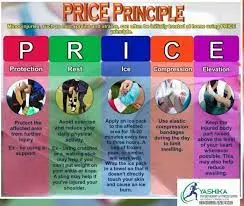
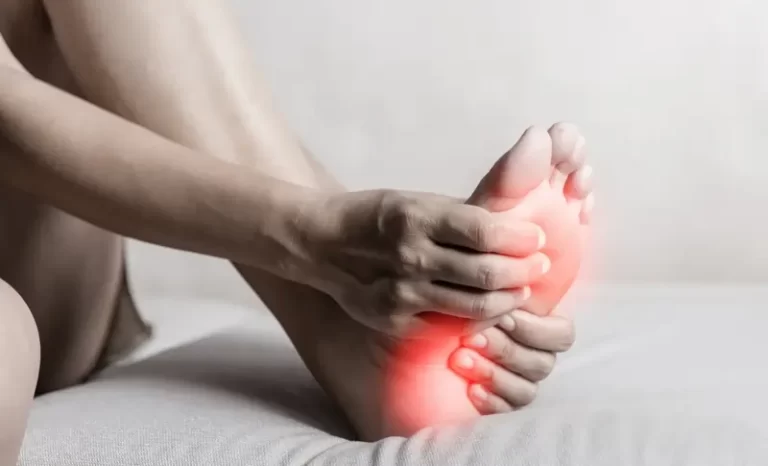

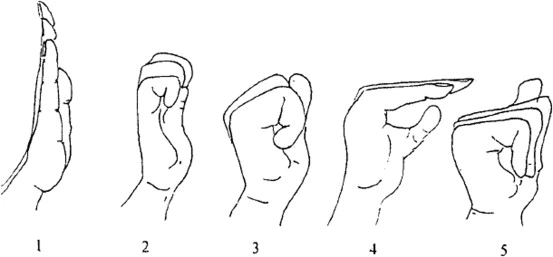
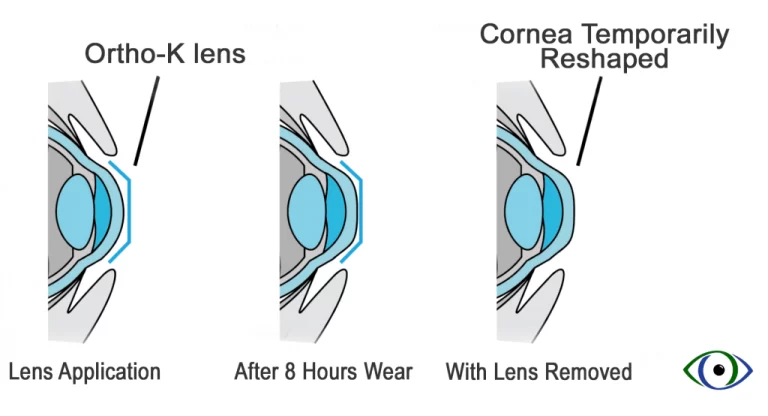
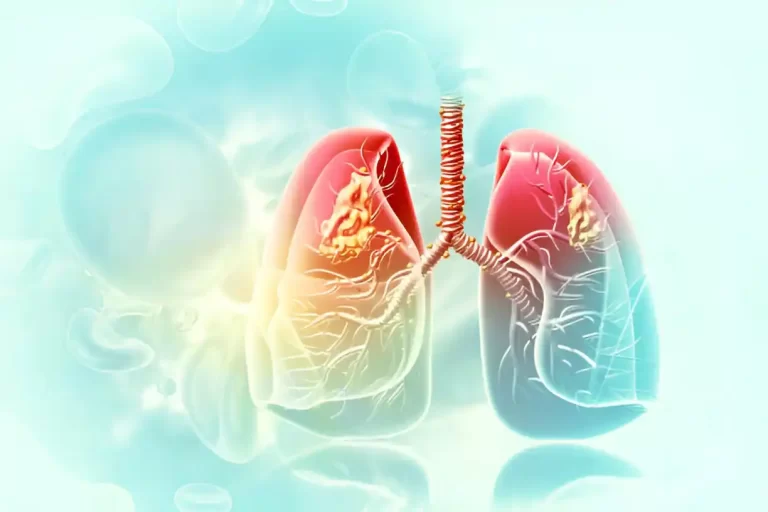
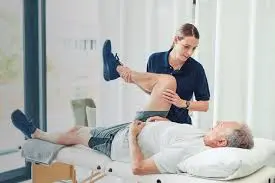
3 Comments